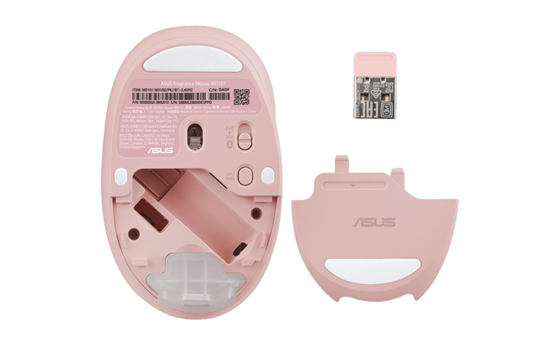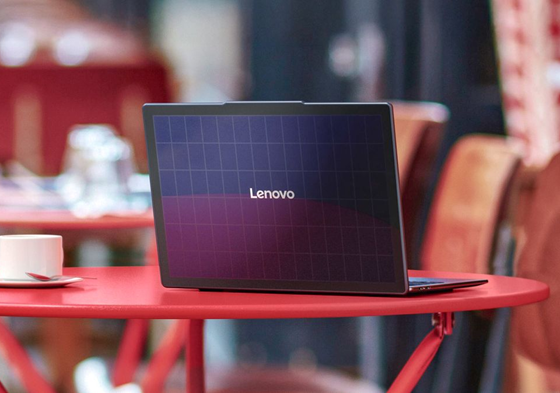VVG cable corresponds to a general definition – one or more isolated veins, surrounded by an additional, sometimes multi -layer shell. These are copper conductive veins, each of which is surrounded by insulation from PHV plasticity. Technical characteristics are as follows:
1) the working value of the voltage: 0, 66 and 1 kV (test 3.5 kV) at a frequency of 50 Hz;
2) the limit of the temperature of the gasket without heating: -15ºWITH;
3) long -standing temperature: +70ºWITH.
4) operating temperature: between -50ºC and +50ºWITH;
5) the minimum period of use: 30 years (five -year warranty).
Production options
Distinguish between the number of cores: for single -phase networks, it is recommended to use two, three -core cables, for three -phase networks it is better to dwell on a four -core or five -core version. Models are made both with additional residential ground or zero residential (usually smaller), and without it. The veins, respectively, are of various colors (zero, usually blue, grounding – green -yellow).
According to the material: Copper can be 1 or 2 of the twisting class (up to 10 mm2 – one -wire, starting with 16 mm2 – multi -wire to reduce the overall stiffness of the product). In the VVGGGN cable (not supporting combustion), live cores are covered with a special mica for the thermal barrier, and the cable space between the shell and insulation of the veins is filled with a fire -resistant compound mixture, which allows us to function up to 100 minutes in an emergency network without ignition and release of smoke. The shell in the VVGNG is made of PHV plastic reduced combustibility.
VVGZ Cable is made with chalk filling, VVG-P and VVGGNG-P-flat performance, VVG-LS (Low Smoke)-fire-resistant with reduced discharge of smoke and gas.
Features of application
VVG cable is used on power plants, in local networks, industrial, lighting and distribution devices, as well as for electrical wiring in residential and household structures. The advantage of universality: the formation of networks is not only inside the buildings, but also by air. It is very important to nullify the danger of mechanical damage to the fracture and stretching.
Resistance to humidity fluctuations allows you to use when laying in tunnels, half -stages, production workshops. Limited use in metal pipelines occurs due to a small permissible bending radius (one -fat – 20 diameters, multi -core – 15 diameters). Small flexibility also does not allow the use as carrying and temporary workers, subject to frequent bends. This application can lead to damage to insulation and fractures of cores. For laying in trenches or soil, it is recommended to use pipes (PHV, asbestos -cement, etc.) for the obstacle to the contact of the cable with soil or wastewater.
Fireproof characteristics allow the use of VVG cable to form electric lines in explosive areas, bridges and overpass. There is no distribution and support of combustion during single laying, in VVGNG and VVGGNG -LS brands – with a beam (group) laying.
Reliable double isolation allows laying in the walls without using cable channels. The laying is made directly in the stroke or the void of the wall. The section is chosen based on the total power of consumers according to the technical documentation.
Based on the materials of the site


